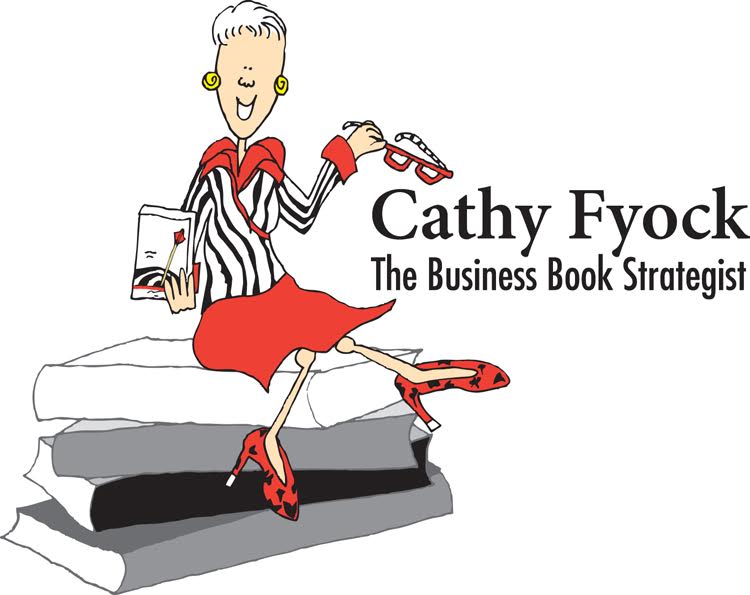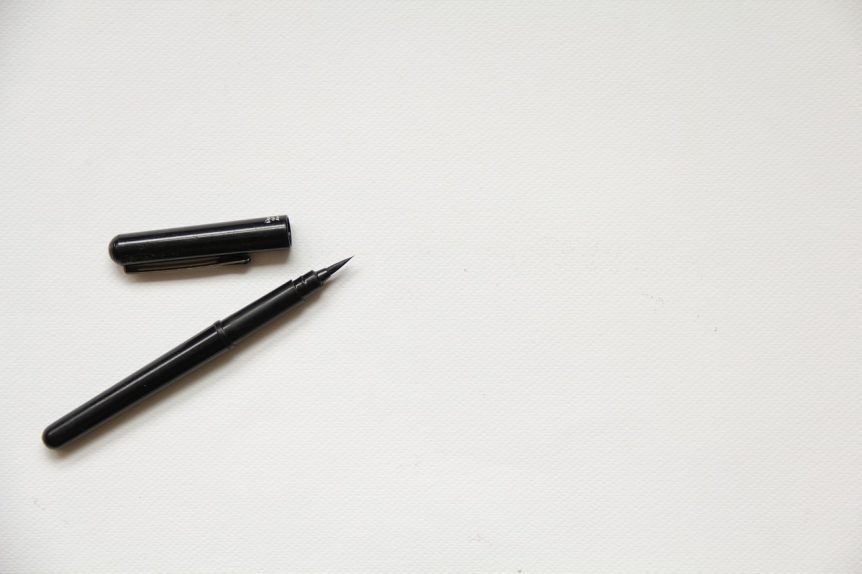White space is negative space. The part left blank. The space between the elements.
In the graphic arts, white space is an integral component of the design. In music, the rests between the notes creates space and clarity. In speaking, the use of the pause allows the listener to grasp the punchline or the moral of the story.
And so it is in writing. The white space—the space around the letters, the words, the paragraphs, creates focus, clarity, and meaning for our readers.
White space separates and groups elements, adds emphasis and focus, invokes the imagination, attracts the eye, improves readability, and adds to an attractive and uncluttered design.
White space groups elements, adds emphasis, invokes the imagination, attracts the eye, improves readability, and adds to an uncluttered design.
So why don’t we focus on the white space? Often, as writers, we’re so concerned with what we say that we don’t focus on the space we need to create around our words.
White space allows your readers to digest the thought-provoking ideas you’ve presented.
White space allows your readers to digest the thought-provoking ideas you’ve presented.
As writers, we have many tools to create more white space and help our reader understand our narrative.
- Bullets allow readers to quickly scan ideas and understand elements.
- Headings and subheadings provide road signs pointing to the direction of the narrative.
- Short sentences. Short paragraphs. Easier reading.
- Images and graphics can also break the content and provide imagery to reinforce the message.
- Pull quotes and call-outs (some even tweetable) can add emphasis to key points.
- Dialogue, especially in nonfiction works, can add needed breathing space and engage your reader.
Writers, begin a new awareness to not only the words that you write, but the space you create to help your reader navigate your content. Give your readers space to grasp your content and absorb your meaning.

